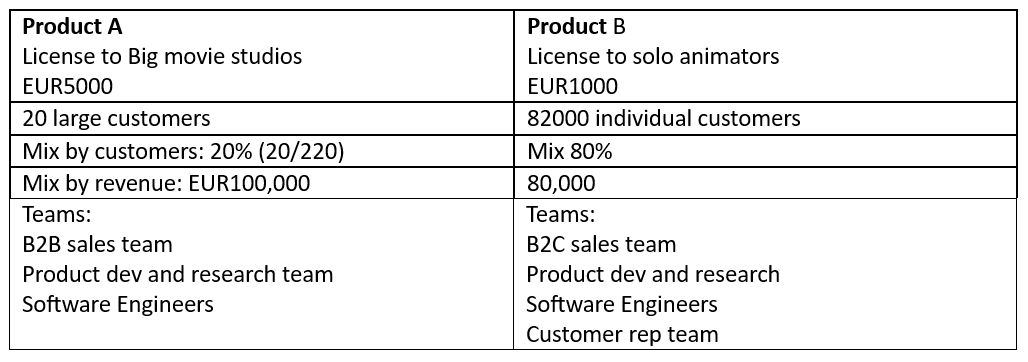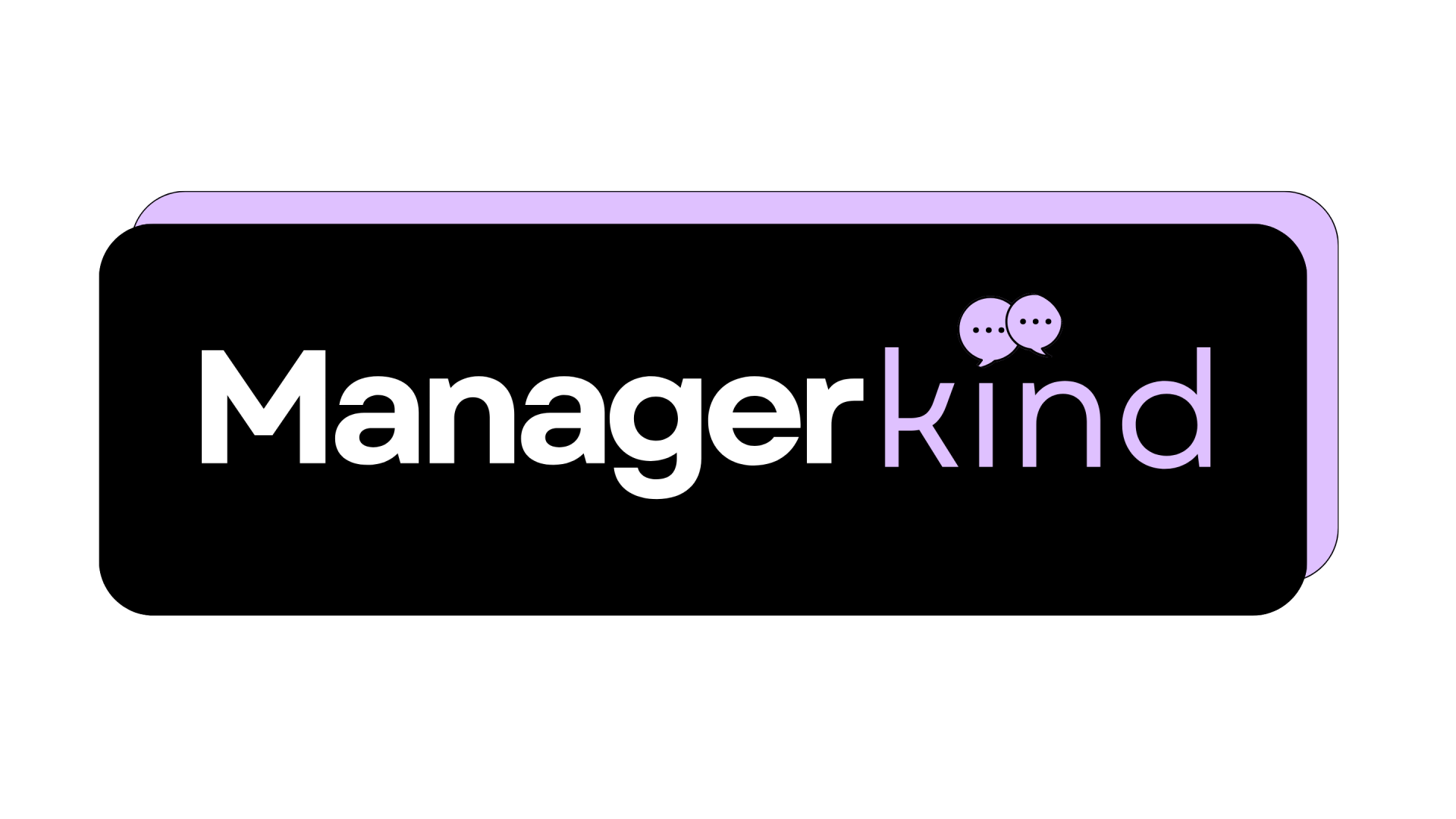5 Years of Experience
Satisfied students
Certified experts
Awards
How to use product mix to set L&D initiatives
"Product mix" is the total number of products offered by your company, split by some criteria such as price or type of customer the product is serving.
After all, all organisations, profit or non-profit, are created to service some form of user or customer.
A company normally offers different product so they aren’t reliant on a single product. If something goes wrong with one product, they could suffer. So, a company spread their risk with multiple products.
It's a bit like how we are all so reliant on one job. If we lose our job tomorrow, we don't have a backup plan. Rather if we had 2 jobs, let's say 2 part-time jobs, if we lose one of them, then we can always fall back on the other.
So why should we care about product mix in L&D?
1. Understanding the product mix helps us understand why the company exists and give you a clue about where its going
2. It will help you where the company is focusing its growth and where more talent will be needed. A company will invest money heavily in products.
3. Sometimes separate teams take care of different product segments e.g. large clients, specific markets, etc. This will help you understand how you can support those teams skills, behaviours and knowledge
Example
A company sells animation software that is used by large movie studios and independent solo animators (these are 2 customer “segments” or groups). It may prefer to sell its software to large movie studios because they are willing to pay a higher price of lesser EUR5000 per software licence. Whereas for individual animators they may charge them only EUR1000 of course with less features.

Key questions to ask an L&D
- What is my company's key product lines?
- What is the product mix? i.e. which ones sell more than others?
- Which of our products aren't selling too well? And where does the company want to expand product growth?
- Which teams in the organisation sell or service those products? So that if anything changes with those products I know who may be impacted (step 2 of PICA)
- How can I support these teams with new skills, knowledge or behaviours?
With these questions, you can find out where the company is going to invest more money or stop investing. Maybe even potentially pulling products or services which will either one will have a knock-on effect on teams
Sign up to the L&D Means Business Community!
Learn business acumen, get resources, tools, tips and access to events!
Our team is always ready to help you
— Companies
Our partnerships
To offer top quality training we work with a number of innovative organizations that offer cutting edge, high quality training and professional development opportunities to individuals.






— What they think


